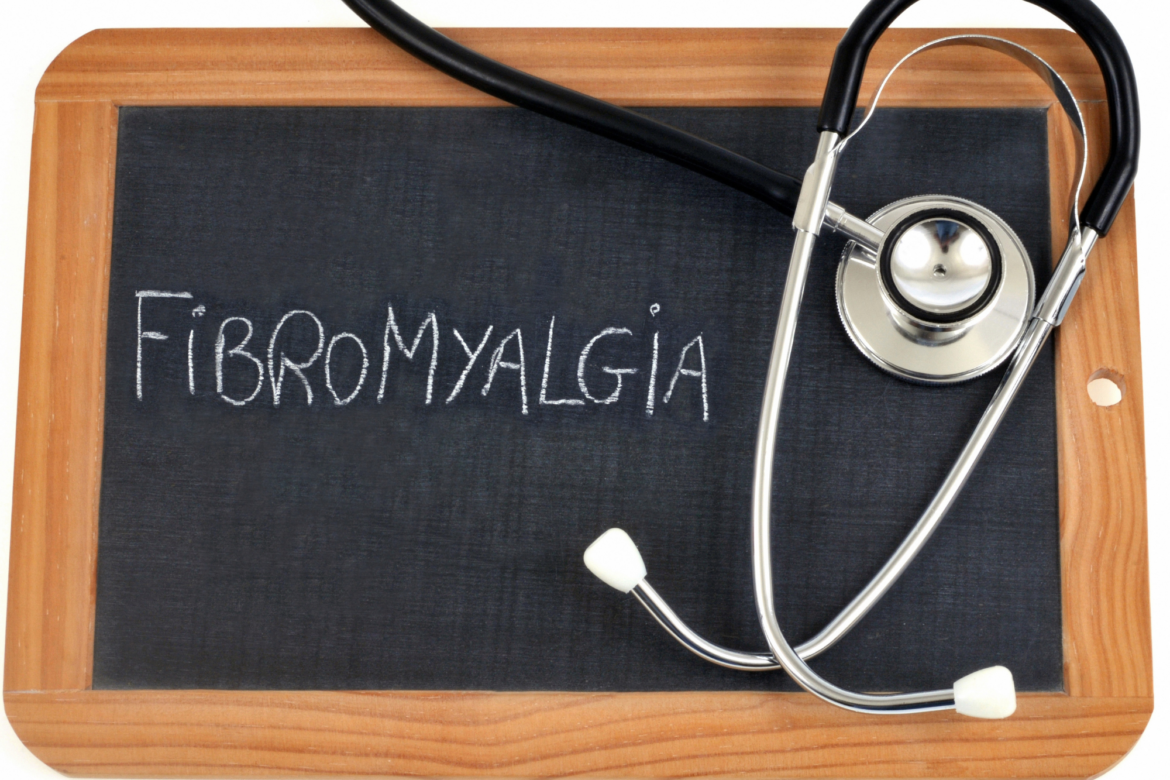What is Fibromyalgia?
Fibromyalgia is a long-term condition that causes widespread pain throughout the body. Although still not fully understood, we’re gaining more insight as a medical community to help those who experience this. Learn to manage fibromyalgia.
Symptoms can include:
- Tender points throughout both sides of the body
- Stiffness
- Extreme tiredness
- Extreme sensitivity
- Brain fog
- Poor sleep and poor mood
People may experience pain from things that are not usually painful like a light touch. They may also experience painful events with a heightened response. For example, if you stub your toe it will likely hurt for a day or two and then subside. For someone with fibromyalgia, this pain may last for weeks or longer and at higher levels.
Causes of Fibromyalgia
The exact cause of fibromyalgia is unknown, but here are the most commonly accepted causes:
- Abnormal Pain Messages: The central nervous system (brain and spinal cord) might process and send signals differently creating feelings of constant pain and sensitivity. The brain also no longer sends signals down to “quiet” the pain.
- Chemical Imbalances: There may be lower levels of the hormones serotonin, noradrenaline, and dopamine in the brain. These typically help with mood, sleep, appetite, and response to stress.
- Trauma/Stressful Event: Can trigger a change in nervous system response and make our brain/body more susceptible to experiencing the environment as a threat.
Relief for Fibromyalgia
Although there is no cure for fibromyalgia, there are ways to find some relief from the pain.
Dry Needling
There has been recent research on the benefits of dry needling for fibromyalgia relief. Dry needling is the insertion of a needle into a taut band of muscle to release the trigger point and clear out the inflammatory chemical build-up in that spot. Studies have found that dry needling had more benefit in reducing pain compared to a gentle myofascial release technique. It seems counterintuitive to use a technique that causes some discomfort for someone who is already experiencing pain, but the stimulus actually helps to rewire the brain so it sends its pain quieting signals again.
Aquatics
Water can help with fibromyalgia by taking some of the pressure and weight off of the joints. The warmth of the water can alleviate muscle stiffness, spasms, and feelings of tightness. It’s usually more comfortable to move in the water which helps keep the joints lubricated and healthy.
Movement
It may be the last thing you want to do if you’re in pain, but movement and low-impact exercise can be really beneficial for the body. The body wants to move! Movement programs such as tai chi, yoga, and physical therapy can provide relief by helping to increase blood flow to all of our muscles and joints and keep our muscles in use.
Mindfulness and Meditation
Breathing techniques and practicing mindfulness, being fully present and aware in the moment, can calm stress and anxiety by encouraging our rest and digest system to activate. With fibromyalgia, the stress system is highly sensitive and on alert which adds to higher pain levels. Try to find even a few minutes a day to purposely challenge this system and tell our body that it is safe and does not need to be on alert.
Our highly skilled therapists at Freedom Physical Therapy would love to help you find relief from your fibromyalgia so you can feel your best. However you define Freedom, we can help you enjoy more of it.

